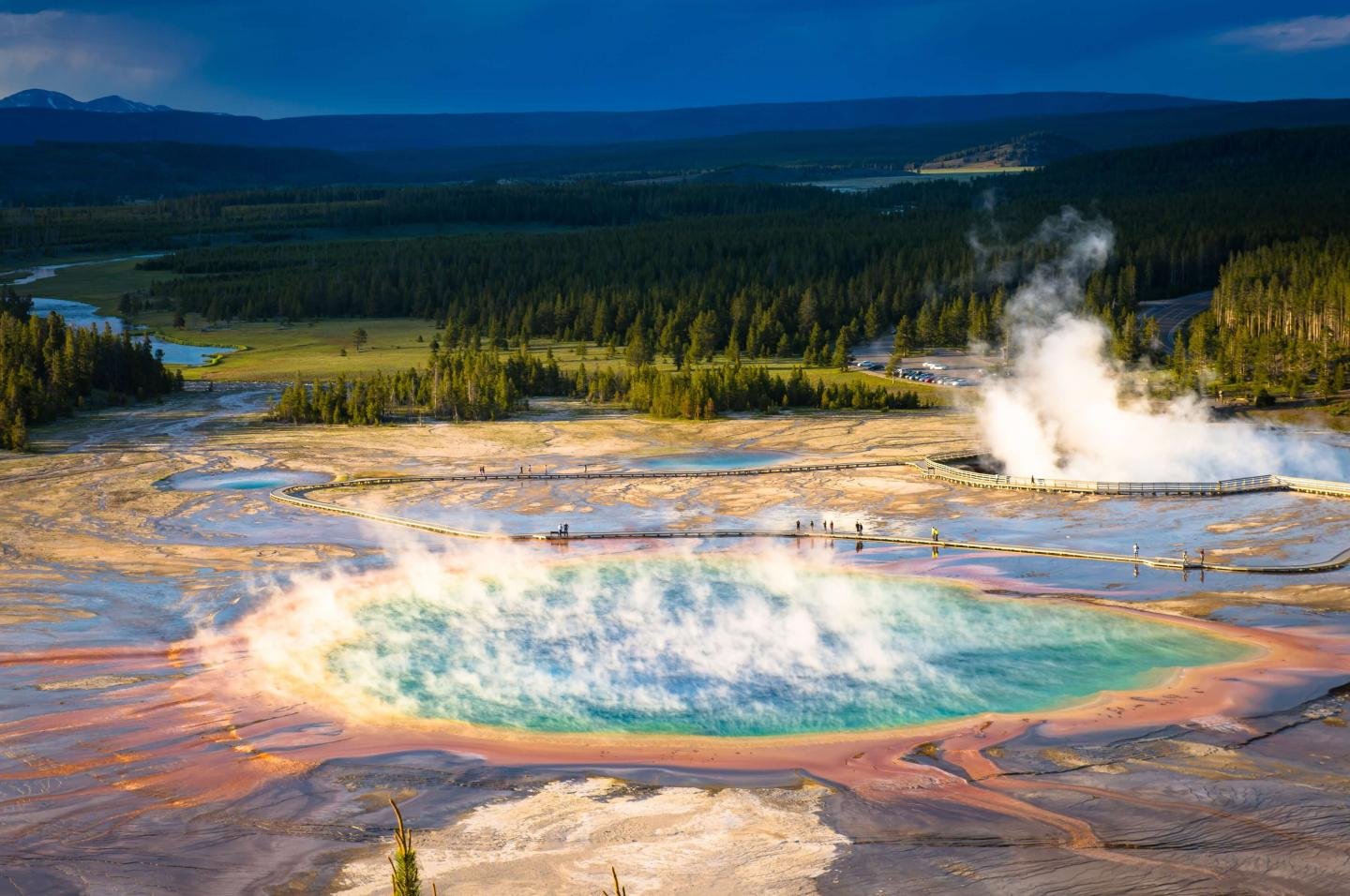National Native American Heritage Month
November was first dedicated as National Native American Heritage Month in 1990 by George H. W. Bush. However, Native American tribes had been campaigning for a day of recognition since the early 1900s. This month is a time to celebrate and uplift Native American history and culture. It is also a time to (un)learn our history and relations with Native Americans as a nation - a process of taking a deeper look at the way the U.S. has historically related to Native American tribes and consider how our own images of Native Americans may differ from reality. The story of peace between the pilgrims and Native Americans is far too simple and ignores an important part of our collective history.
Today, there are 537 tribal entities recognized in the United States that speak hundreds of different languages; 74 native languages are spoken in California alone. Relations between the U.S. government and tribal governments have historically been strained and continues today. There was a period of time between 1780 and the 1820s, named the Coexistence Era, when relations were negotiated between the two entities. However, with the Indian Removal Act, passed in 1830, which gave federal dominance over indigenous land and self governance, relations turned, and the federal government forced Native Americans off of their ancestral lands. Today, due to the Trust Responsibility principle, which requires the United States to uphold terms of past treaties with indigenous groups, the federal government is required to support recognized tribes. While this is an abbreviated version of a very storied history, it is important to recognize that the history between Native Americans and the United States has been complex and often painful.
Yellowstone National Park - Historically associated with 27 different tribes, including the Blackfeet, Cayuse, Coeur d'Alene Nez, Shoshone, and Perce, among many others.
During Native American Heritage Month and always, it is important that we take time to learn and listen to native voices. Though we cannot change the past, we can move forward with open minds and support indigenous groups by learning about and respecting their culture. There are many ways we can educate ourselves on Native American heritage, including visiting the official website for Native American Heritage Month, which has hundreds of resources available. There are many things being done today to preserve and uplift Native American heritage. The Institute of American Indian Arts (IAIA) is one such example - a “premier educational institution” based in Santa Fe, New Mexico that centers indigenous art and culture in all it does. This is only one of the many current efforts to preserve and celebrate Native American history and culture.
At Modern Folklore, we have recently introduced a series of paintings by Bonnie Halsey-Dutton, who holds a PhD in Art History & Education and practices as a fine arts educator and visual artist from South Dakota, often celebrating native traditions and stories through her work. One of these paintings, titled “Stories in Feather & Stone”, depicts a feathered headdress or a war bonnet. These were worn traditionally by chiefs and warriors who belonged to around a dozen tribes in the great plains. Each feather represents a story of bravery and accomplishment. This was something new I learned and I gained a new appreciation for these beautiful headdresses and their history.
With Thanksgiving around the corner, we encourage you to take the time to learn some new information about Native Americans, including the historical territories of the Native Americans who once occupied the land on which you live, work and play. For the majority of Boulder County, we are situated on the ancestral land of Tséstho’e (Cheyenne), Očhéthi Šakówiŋ (Sioux), hinono’eino’ biito’owu’ (Arapaho), and Núu-agha-tʉvʉ-pʉ̱ (Ute) tribes. You too can find out more by visiting this interactive map of native lands.
Thanksgiving is a time to celebrate family and the things we are thankful for, but it is also important to recognize the holiday’s history. Below is a list of indigenous creators that you can check out to learn more about how you can support Native American artists:
written & compiled by: ava lypps, modern folklore artisan goods guide
Sources:
http://www.native-languages.org/headdresses.htm



